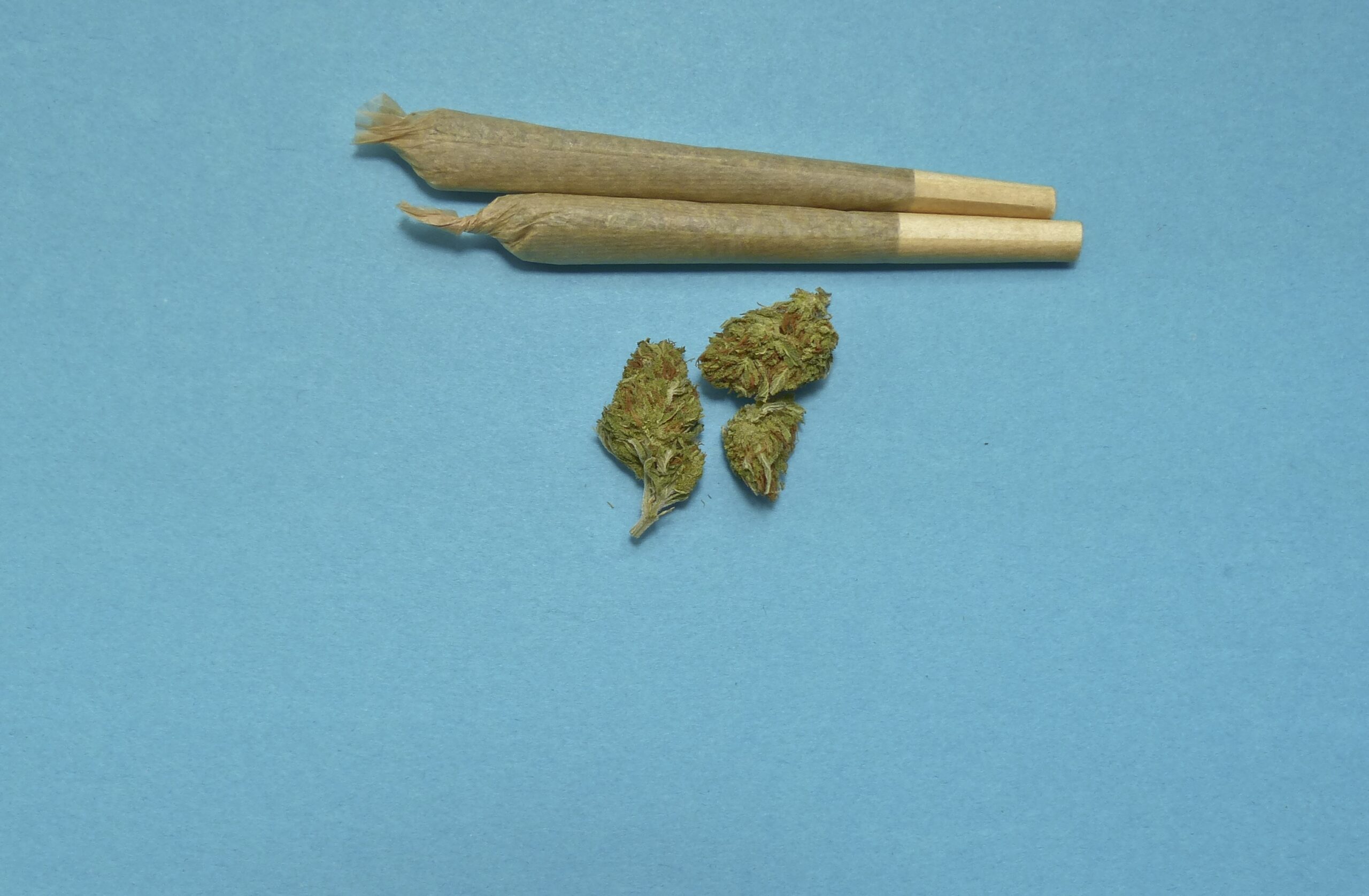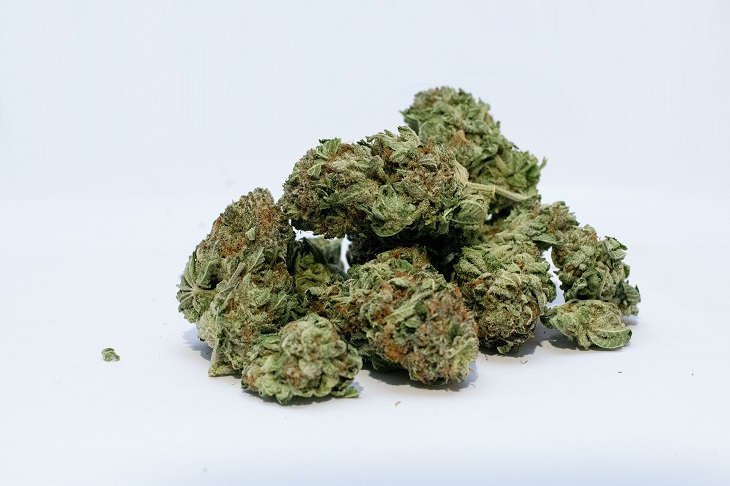Treatment of pain is one of the main reasons why people use medical marijuana. Patients have been using medical cannabis to treat the pain symptoms associated with headaches, inflammation, muscle soreness, spasms, cramps and spinal injuries for centuries.
There are references to cannabis being used to treat pain from texts dating as far back as 2700 B.C. The first written reports of marijuana being used to treat pain from the 19th century were by a pioneering Irish doctor named William B. O’Shaughnessy, who described the use of medical marijuana in the treatment of menstrual cramps and several other ailments such as rabies and tetanus.
So, how effective is medical cannabis in the treatment of pain?
People report great relief from chronic pain when they ingest medical marijuana. Because every human’s physiology and psychology is different, people report differing levels of success in using MMJ to treat pain, but the vast majority of anecdotal evidence points to MMJ being very effective at treating pain.
In recent years, the hard science has caught up with the anecdotal evidence. Studies have been done to explore the effectiveness of using medical cannabis to treat pain as well as to ascertain whether doing so is safe and what, if any, side effects can be expected from long-term medical cannabis use.
A small mountain of research is now piling up that shows that MMJ is effective in the treatment of pain. A National Academies of Sciences, Engineering and Medicine report from January 2017 concluded that there is “substantial evidence” that cannabinoids are effective in treating chronic pain.
A 2011 study published in the Journal of Clinical Pharmacology and Therapeutics showed that cannabinoids helped to increase the effectiveness of opioid painkillers, without changing blood opioid levels. This strongly suggests that cannabinoids have painkilling properties of their own.
“Medical cannabis is a very effective therapy for chronic pain patients because it affects people’s perception of pain, has the ability to mitigate the inflammatory process and has been shown to affect voltage-gated sodium channels in nerves in a way similar to lidocaine,” says Mark Rabe, medical director of Centric Wellness in San Diego and chair of the Scientific Advisory Board at Medical Marijuana Sciences.
The exact ways in which marijuana relieves pain are not fully understood, but it seems likely that cannabinoid compounds such as THC and CBD affect the natural cannabinoid receptors that we already have in our body and that studies show have a big effect on pain control.
Studies have shown that Type 1 cannabinoid receptors are located all over the body and have a particularly high concentration in areas that control pain perception in the central nervous system. Type 2 cannabinoid receptors are mostly located in the areas of the body that control immune function.
The nervous system and the immune system are the two main body systems responsible for producing the sensation of pain, and it is cannabis’s effects on the cannabinoid receptors in these areas that are likely the cause of its pain-relieving properties.
There is a lot of evidence to suggest that medical marijuana is a safer way to treat pain than conventional opioid-based painkillers. Opioids have numerous side effects, such as drowsiness, constipation and, most sinisterly, addiction. Many people die from opioid-related complications each year.
Cannabis, on the other hand, has no recorded fatalities and is non-addictive. The side effects of medical marijuana are relatively benign and easily manageable with intelligent use. They can include drowsiness, decreased motivation, increased appetite and increased libido.
Mark Ware, director of clinical research for the Alan Edwards Pain Management Unit at McGill University Health Center in Montreal, conducted a study that concluded that cannabis was safe to use as a treatment for chronic pain. His team found that using a cannabis card did not lead to an increased risk of “serious side effects,” although there was a possibility for less serious side effects such as nausea, headache, sleepiness and dizziness.
“In terms of a side effect profile, we felt the drug had a reasonably good safety profile if you compare those effects to other medications,” said the study’s lead author.
The study also reported that participants seemed to experience a reduction in pain symptoms when using medical cannabis.
“This is a paper they should bring to the attention of their physician or health care provider,” Ware says. “Anybody who is interested in using cannabis to treat pain should know this information, as it can influence the decision-making process considerably.”
More and more doctors are now advocating medical marijuana card use for treatment of chronic pain. Jonathan Kuo, an interventional pain management specialist at North Shore University Hospital in Manhasset, New York. is a firm believer in cannabis as a pain reducer.
“We frequently find that opioids are not a good long-term solution for chronic pain,” Kuo says. “We’d like to see some more of these long-term safety profiles of medical cannabis, and studies like these are important steps forward in that direction.”
So, it seems compelling that medical marijuana is indeed effective in treating pain. There are still elements of the situation that are not fully clear; therefore, more research needs to be done. The evidence at the moment points to cannabis being safe and effective, so if you are suffering from pain, getting your hands on a California medical marijuana card certainly seems like a step in the right direction.


